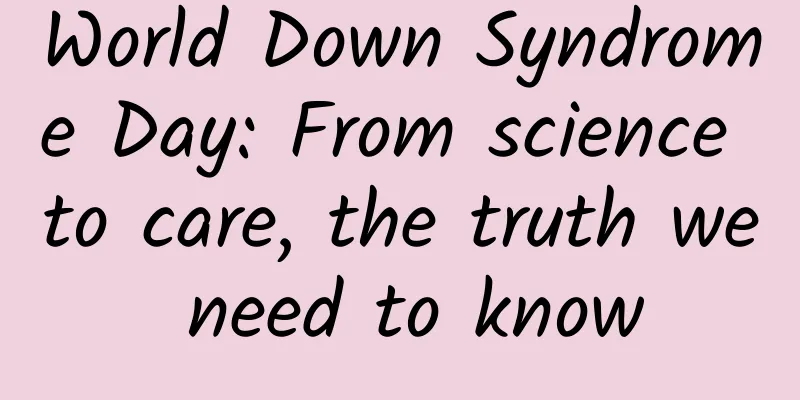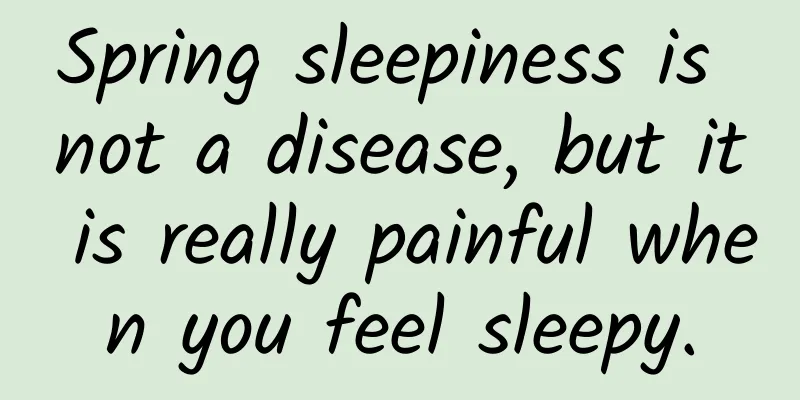World Down Syndrome Day: From science to care, the truth we need to know

|
March 21 of each year is designated by the United Nations as "World Down Syndrome Day". The setting of this date (21/3) is closely related to the cause of Down syndrome - trisomy 21 (an extra chromosome 21). This special day aims to raise public awareness of Down syndrome, call for the elimination of prejudice, and provide more support for patients and their families. 1. What is Down syndrome? According to experts from Yiyang Central Hospital , Down syndrome (DS), also known as trisomy 21, is a congenital disease caused by chromosomal abnormalities. Normal human cells have 23 pairs (46) of chromosomes, but Down syndrome patients have an extra chromosome 21 (47), which leads to abnormal physical and intellectual development. It is one of the most common chromosomal diseases in humans, with an average of about 1 case in every 700-1000 newborns worldwide. 2. Why does Down syndrome occur? Chromosomal abnormalities are the core cause, which are divided into three types: 1. Standard type (trisomy 21): accounts for 95%, because chromosome 21 does not separate when the reproductive cells divide, forming a fertilized egg with an extra chromosome. 2. Translocation type: accounting for 3%-4%, the extra chromosome 21 is attached to other chromosomes (such as 14). 3. Mosaic type: accounting for 1%-2%, some cells are normal, some cells are abnormal, and the symptoms may be mild. Risk factors: The risk increases significantly as the mother becomes pregnant (especially over 35 years old). There is a family history of Down syndrome or being a carrier of chromosomal translocation. Environmental factors (such as radiation and chemicals) may have some effect, but the evidence is not clear. 3. Clinical manifestations of Down syndrome 1. Typical appearance features: The eyes are wide apart, the palpebral fissures are slanted upwards, and the nose bridge is low and flat The ears are low-set, the mouth is small and the tongue is large, the palms are short and wide, and some patients have a through-palm (the palm lines run across the entire palm). 2. Mental retardation: Most patients have mild to moderate intellectual disabilities, but there are large individual differences. Some patients can master basic life skills through early intervention. 3. Health issues: Congenital heart disease (about 50%), digestive system malformations (such as intestinal atresia), immunodeficiency (susceptibility to infection), hypothyroidism, hearing or vision impairment. The risk of Alzheimer's disease increases significantly with age. 4. How to prevent and screen? There is currently no cure for Down syndrome, but it can be detected early through scientific prenatal screening and diagnosis. 1. Prenatal screening (risk assessment): NT examination (11-14 weeks of pregnancy): The thickness of the fetal nuchal translucency is measured by B-ultrasound. Serological screening (early pregnancy 9 weeks to 13 weeks 6 days, mid-pregnancy 15 weeks to 20 weeks 6 days): comprehensive assessment based on age and blood indicators. Non-invasive DNA testing (NIPT) (12 weeks to 22 weeks and 6 days of pregnancy): Fetal DNA is tested through maternal blood with an accuracy rate of >99%. 2. Prenatal diagnosis (confirmation): Amniocentesis (16 weeks to 22 weeks and 6 days of pregnancy): Extracting amniotic fluid cells for chromosome analysis is the "gold standard" for diagnosis. Chorionic villus sampling (CVS) (10-13 weeks of gestation): an early diagnostic tool. Recommendation: Older pregnant women, those with a family history or those at high risk for screening should follow the doctor's advice for prenatal diagnosis. 5. How are patients treated and managed? Although Down syndrome cannot be reversed, quality of life can be significantly improved through multidisciplinary intervention. 1. Early intervention: Start physical therapy, language training and cognitive education as soon as possible after birth to stimulate potential. 2. Health monitoring: Check your heart, hearing, vision and thyroid function regularly, and treat complications in a timely manner. 3. Education and social integration: Choose general or special education based on individual abilities, encourage participation in social activities, and cultivate independent living skills. 4. Family support: Parents need to learn scientific nursing knowledge, pay attention to their own mental health, and seek support from social resources. 6. Break down prejudices and spread warmth People with Down syndrome often face misunderstanding and discrimination, but they are emotionally rich and cheerful. With support, many of them can complete simple tasks, participate in artistic activities, and even become "Special Olympics" athletes. Society should do the following: 1. Use "Down syndrome patients" instead of "Down syndrome children", "Down syndrome babies" and other labeling terms to respect their personality. 2. Eliminate the “low-ability” stereotype and provide equal opportunities in education, employment and social interaction. 3. Support patients’ families, promote community integration projects, and build an inclusive society. Conclusion Down syndrome is not a "mistake" but a natural manifestation of human genetic diversity. On World Down Syndrome Day, we call on more people to understand this disease, replace prejudice with science, and replace discrimination with care. Every life deserves respect, and every effort can light up hope. References World Health Organization (WHO), China Birth Defects Intervention and Relief Foundation, Down Syndrome International Hunan Medical Chat Special Author: Cao Wei from Yiyang Central Hospital Follow @湖南医聊 to get more health science information! (Edited by YT) |
Recommend
Is postpartum pelvic repair useful?
After giving birth, a woman's body will under...
Vaginal opening color
The vaginal opening is located at the entrance of...
Why hasn't the smallpox virus been eradicated?
Recently, the Global Times reported that frozen b...
What kind of clothes are suitable for short girls? Visual height increase techniques for petite girls
In life, petite girls often have a psychological ...
The pain of the pregnancy injection is unbearable
If the pain from the pregnancy-preserving injecti...
Li Ziqi's allergy caused her face to ulcerate and swell. The allergens are in the foods you love to eat.
Recently, Li Ziqi has returned to the public eye....
How to treat polyfollicular ovary
Polyfollicular ovary is a female disease. Today&#...
Brown liquid after my period
Many female friends have brown liquid after their...
What are the effects of sterilization surgery on women?
Many women who do not want to have children anymo...
Is autumn suitable for myopia surgery?
Want to have myopia surgery Worried about seasona...
Symptoms of early pregnancy discharge
Women who are pregnant, whether in the early, mid...
What to do if you vomit even when drinking water during pregnancy
If a pregnant woman vomits even when drinking wat...
Where does menstruation come from?
Everyone knows that the most important feature of...
What to do if leucorrhea is like tofu dregs
The reason why leucorrhea has a curd-like appeara...
Can I get pregnant while wearing braces?
The fetus is still unstable in the early stages o...









